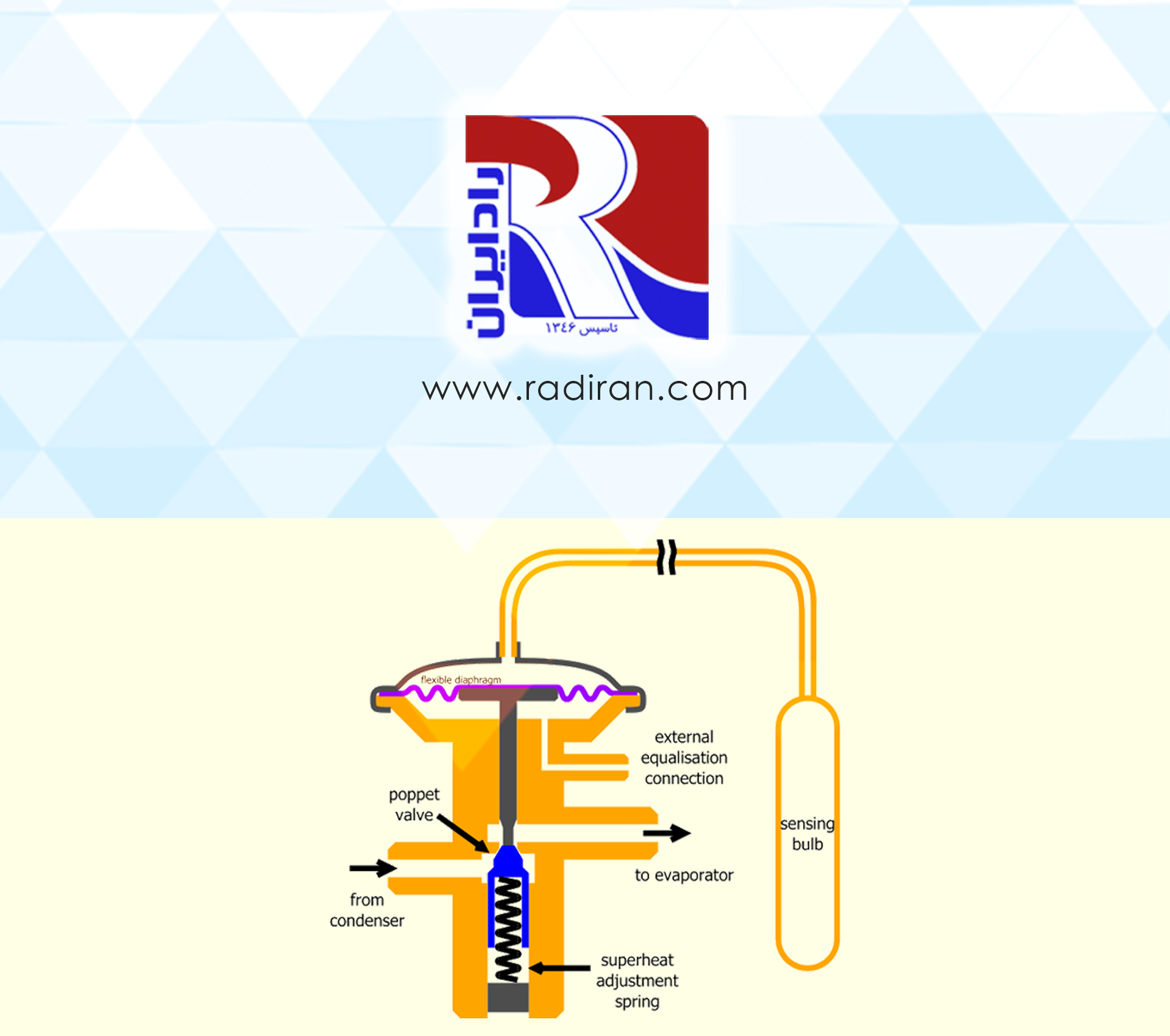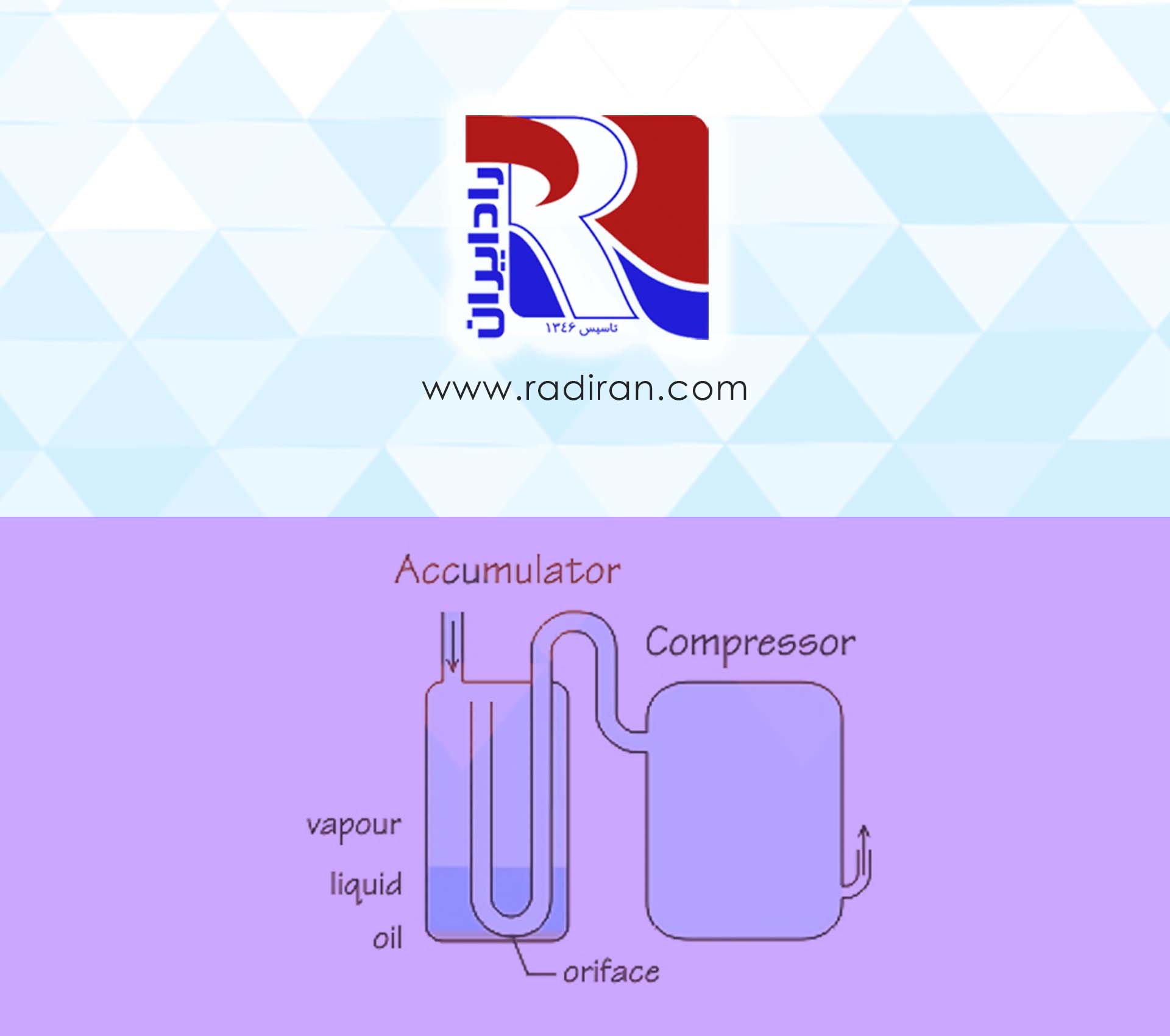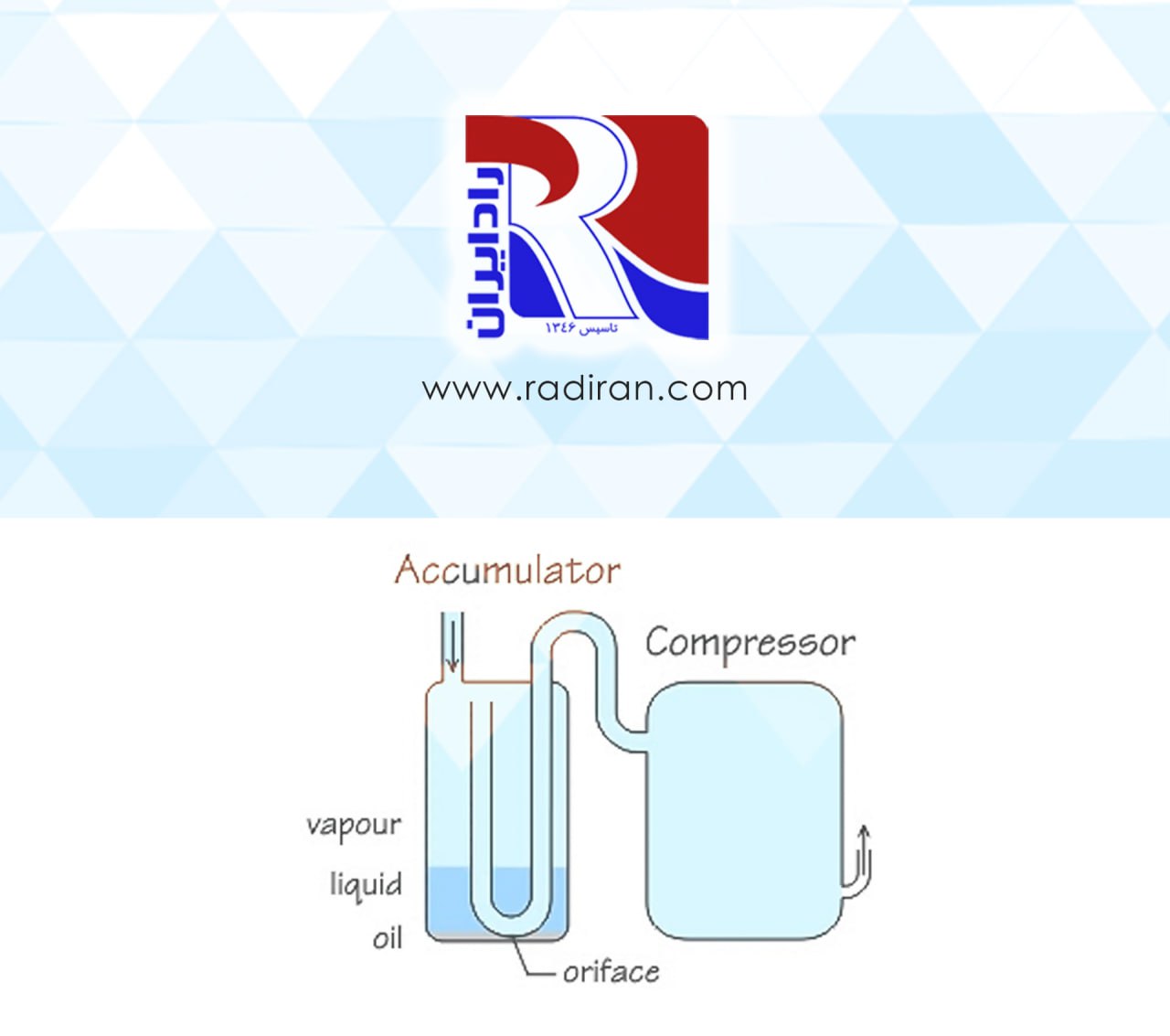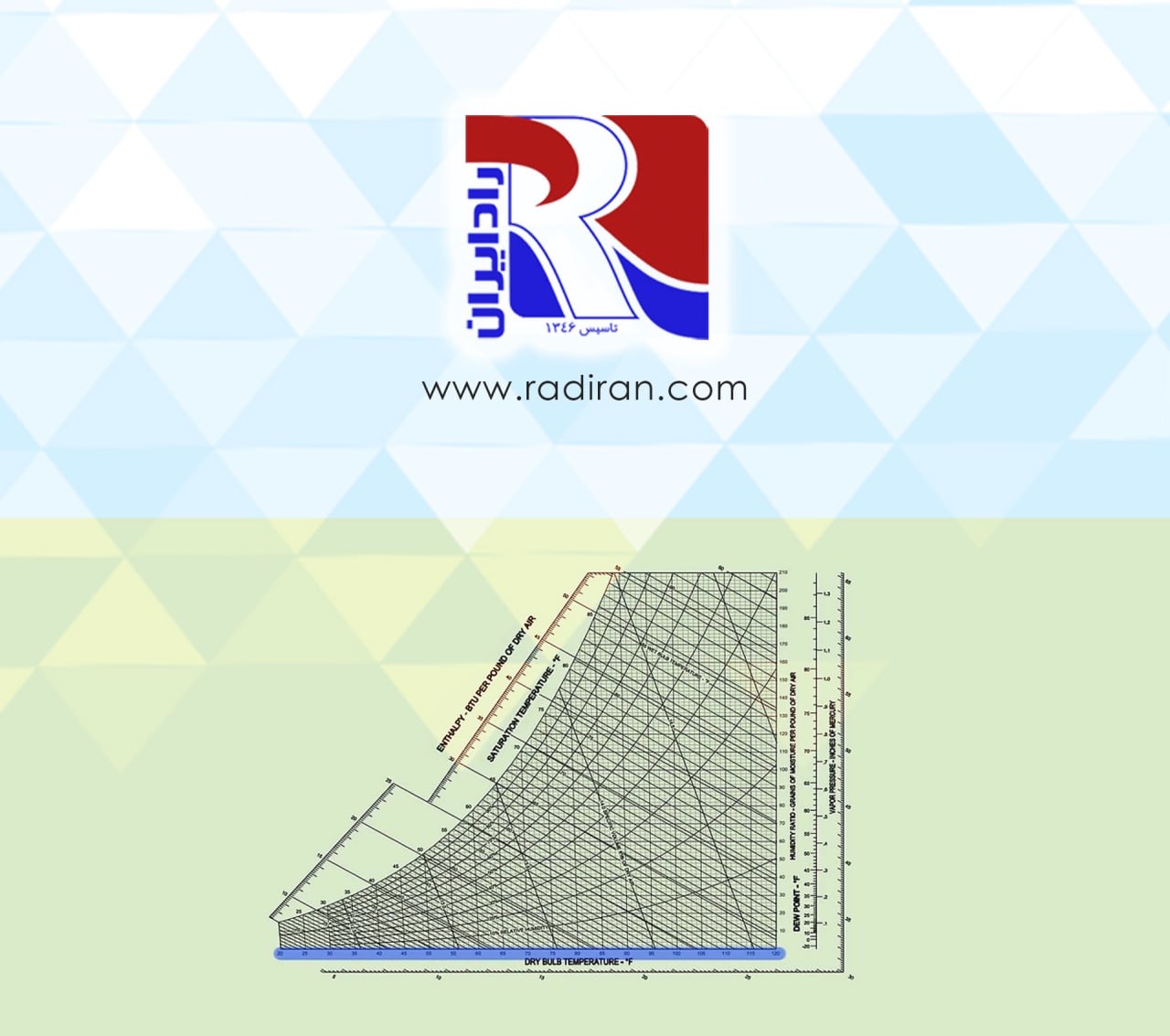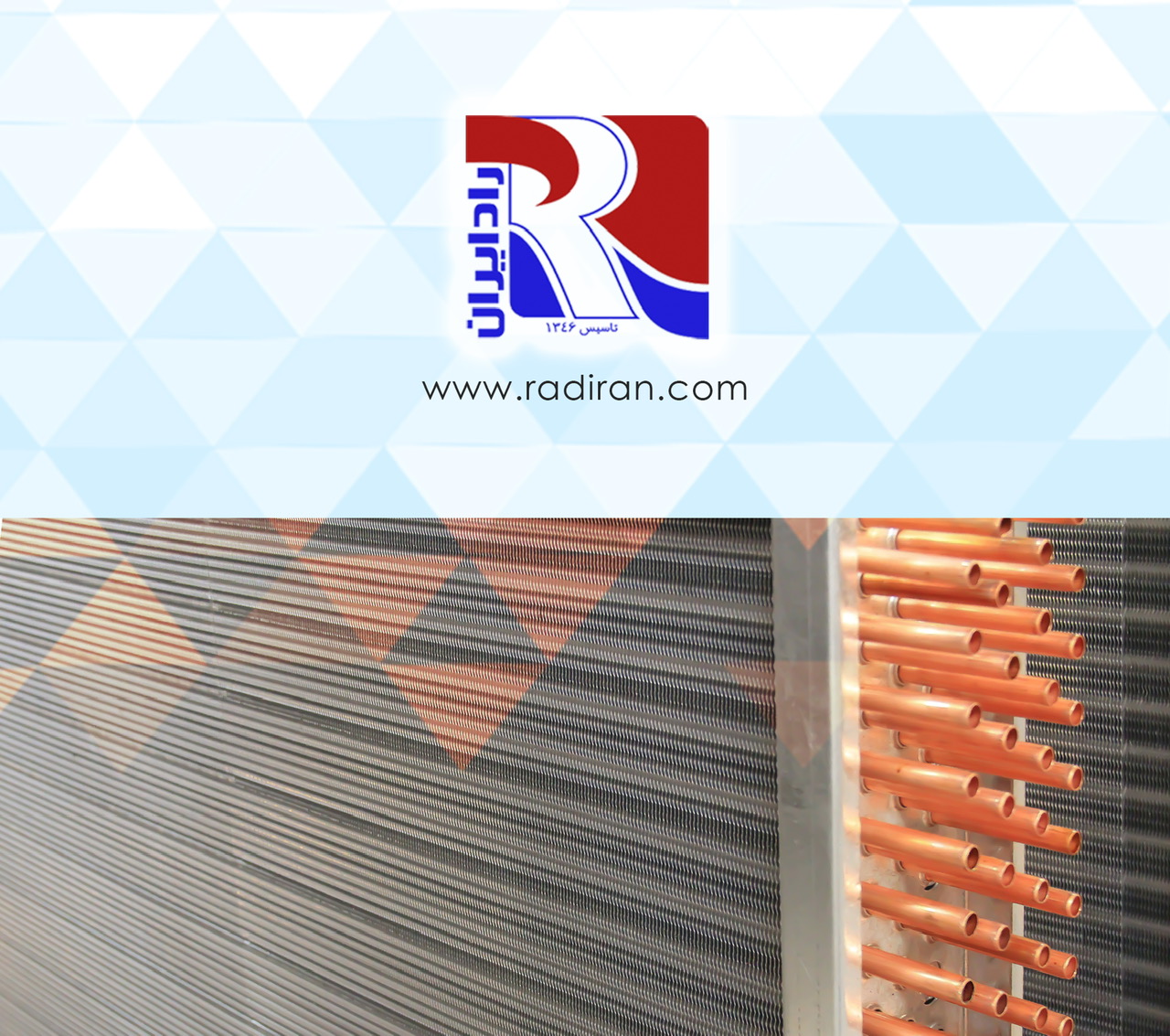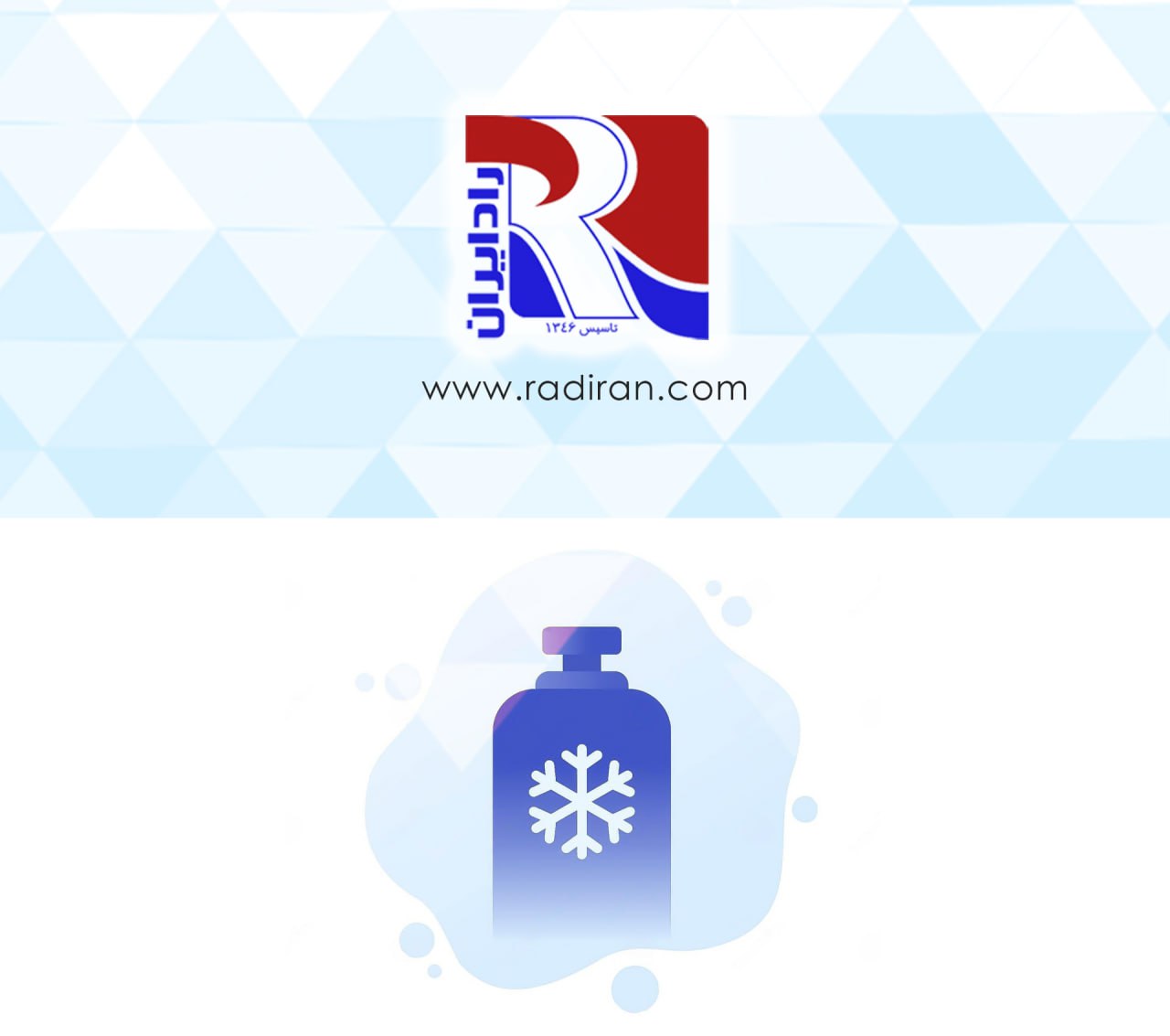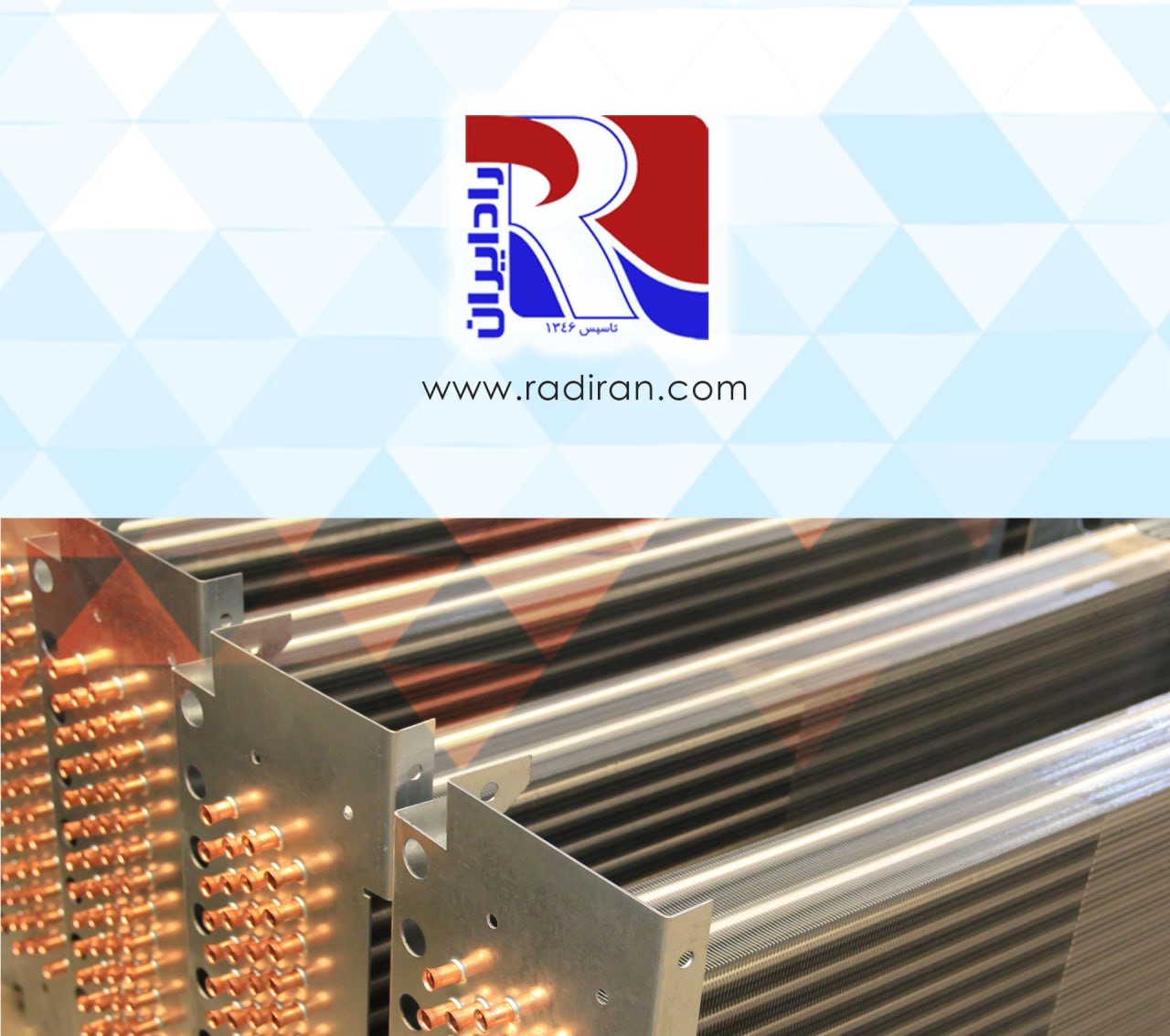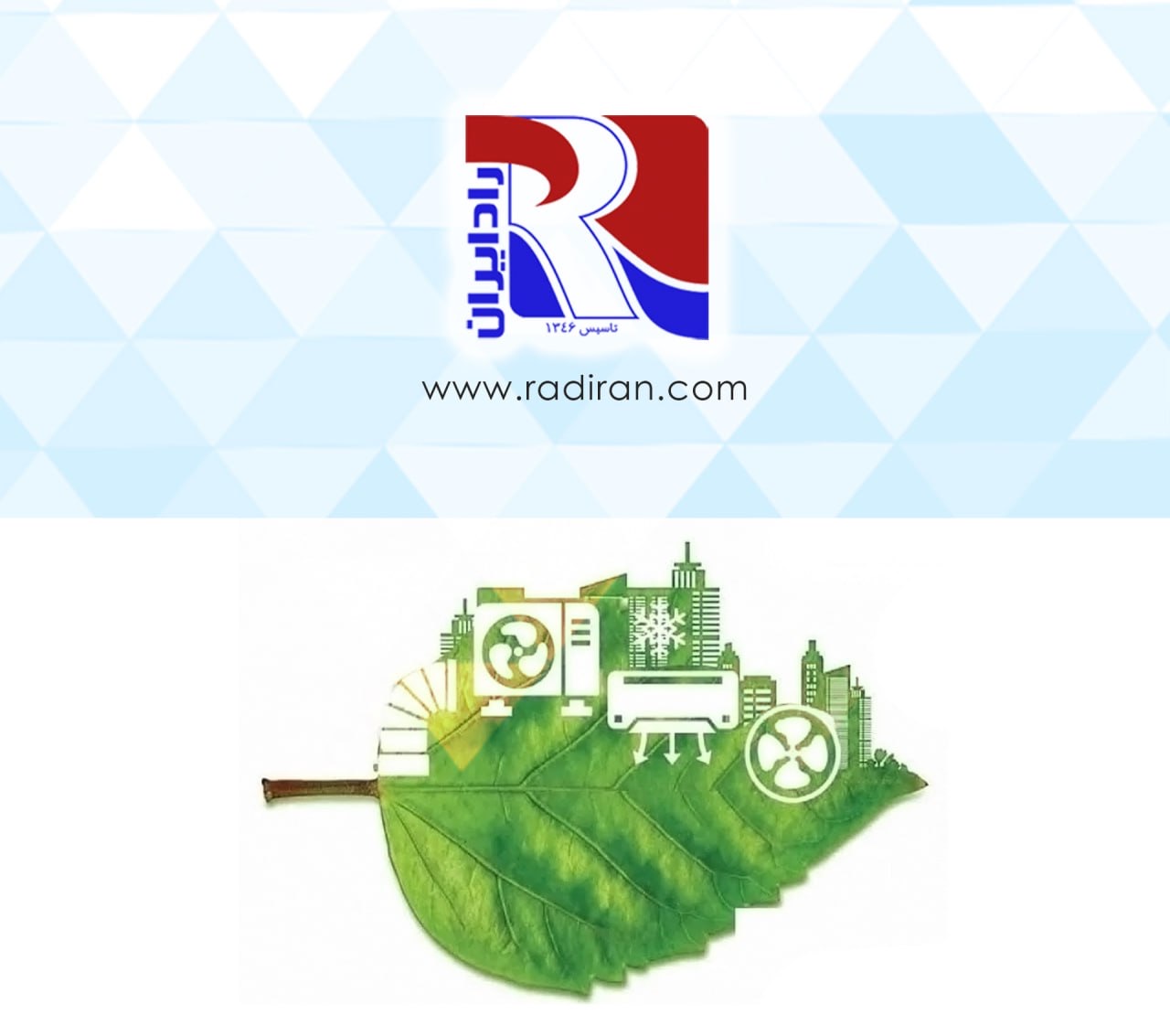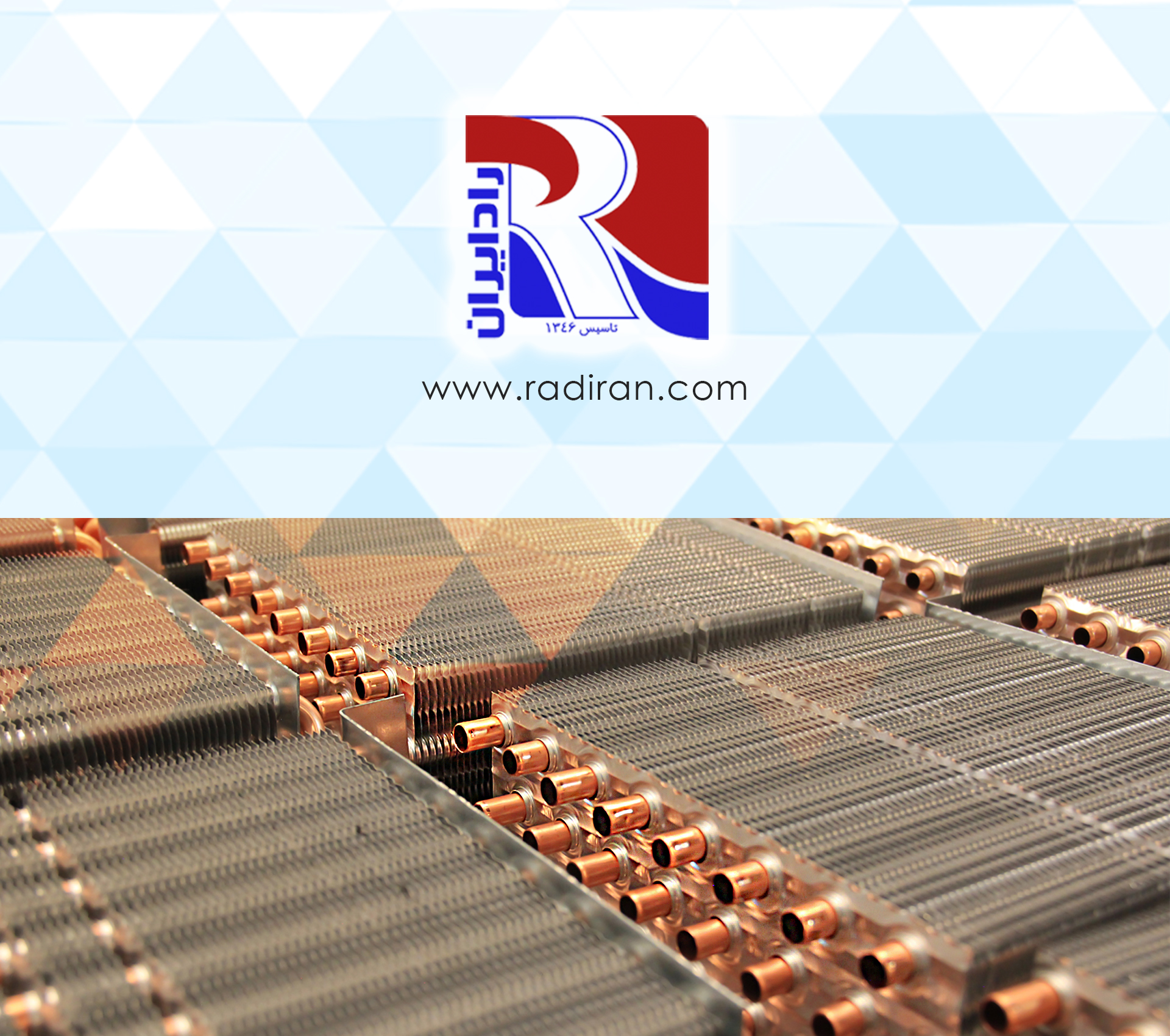Expansion Valve
Radairan Company is one of the pioneers in the field of equipment and HVAC systems, engaged in the examination and production of diverse products in this area. In equipment that operates based on the refrigeration cycle, important processes take place, each performed by specific components such as evaporators, condensers, compressors, or expansion valves. One of these key processes, as mentioned, is carried out by the expansion valve, which is the topic of this article. Stay with us at Radairan Company to...

